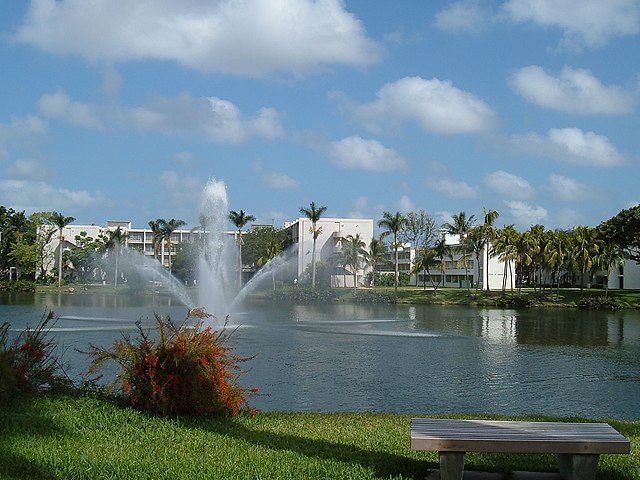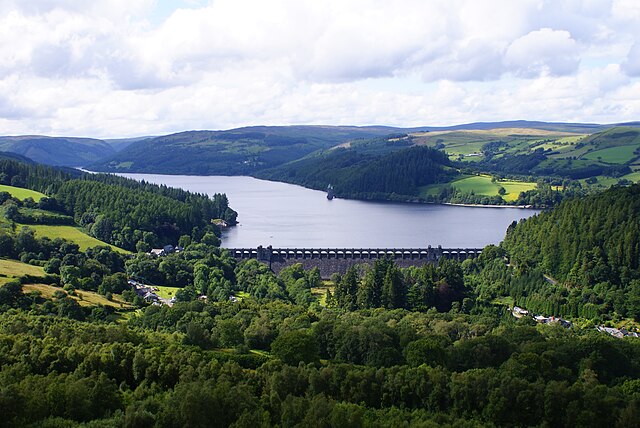New York City water supply system
A combination of aqueducts, reservoirs, and tunnels supplies fresh water to New York City. With three major water systems stretching up to 125 miles (201 km) away from the city, its water supply system is one of the most extensive municipal water systems in the world.
High Bridge in 1849, part of the Old Croton Aqueduct, the city's first water supply system
A 1798 watercolor of Collect Pond. Bayard's Mount, a 110-foot (34 m) hillock, is in the left foreground. Prior to being levelled around 1811 it was located near the current intersection of Mott and Grand Streets. New York City, which then extended to a stockade which ran approximately north–southeast from today's Chambers Street and Broadway, is visible beyond the southern shore.
A reservoir is an enlarged lake behind a dam, usually built to store fresh water, often doubling for hydroelectric power generation.
Kardzali Reservoir in Bulgaria is a reservoir in the Rhodope Mountains.
Lake Osceola on campus of the University of Miami in Coral Gables, Florida, May 2006
Some reservoirs such as this in Argos, Peloponnese are made for recreational purposes, rather than storing fresh water.
Lake Vyrnwy Reservoir. The dam spans the Vyrnwy Valley and was the first large stone dam built in the United Kingdom.






